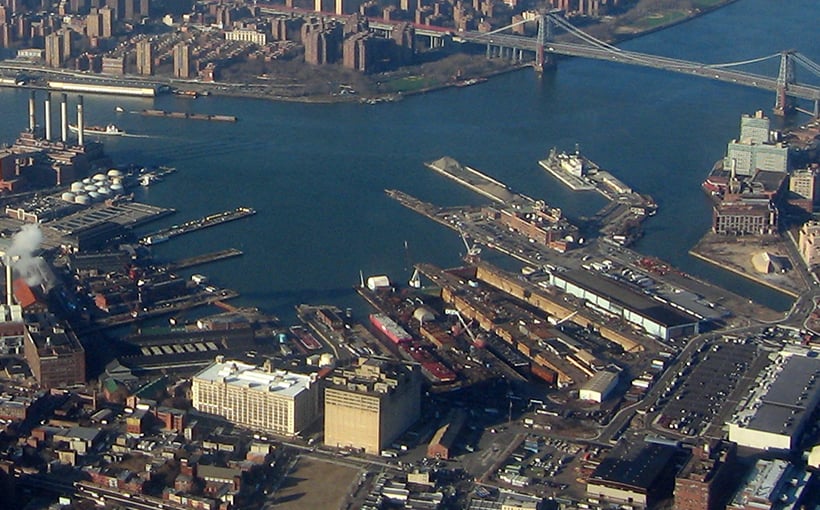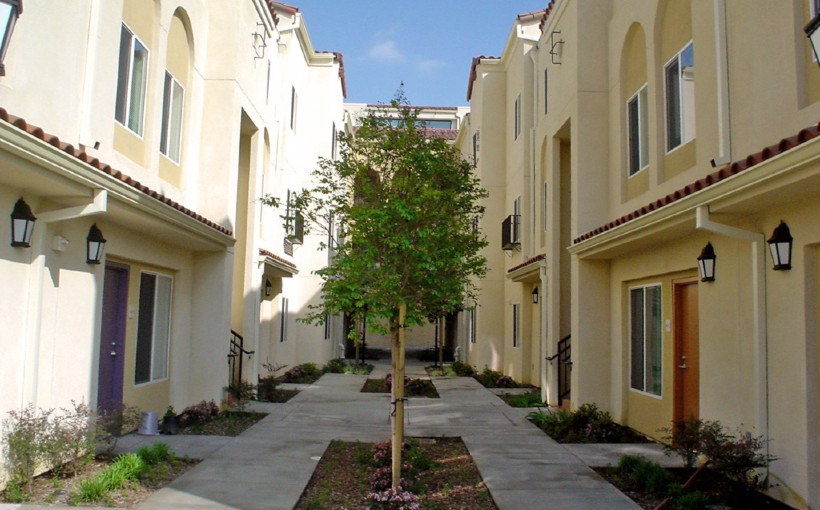The retail sector has seen a strong performance, but will it continue? In this second of five articles, industry experts discuss the factors affecting demand, supply and consumer spending. The first article in the series titled “Understanding the Retail Sector: Past and Present” can be found here.
During the COVID-19 shutdowns, physical retail was thought to be on its last legs as online sales surged. However, four years later there has been a significant shift with brick-and-mortar centers experiencing higher foot traffic and increased sales. This has led retailers to seek out new space to meet consumer demand.
Despite this growth in demand for retail space, Colliers’ 2Q 2024 metrics reported a decrease in supply resulting in a vacancy rate of only 4.1% and an increase in rent prices. Experts agree that these statistics accurately reflect current market conditions with tight availability across all types of usage including shop spaces, anchor stores and outparcel locations.
Chris Wilson from JLL explains that during the pandemic there were predictions that e-commerce would overtake physical commerce but this hasn’t happened yet due to high costs associated with online customer acquisition for both digitally native brands as well as traditional retailers like Douglas J.Green from MSC points out how important it is for retailers to have an authentic connection with their customers which is difficult through online channels alone.
On top of limited availability driving up prices for brick-and-mortar spaces another challenge facing landlords is rising construction costs coupled with higher interest rates making it difficult or unfeasible even when land becomes available again after being scarce over past decade according Robert F.Myers President at Phillips Edison . He adds that we may not see pre-recession levels until close ten years time while McCarthy predicts low vacancies could persist another five years .
Despite these challenges many big-box retailers such Walmart , Target Home Depot are expanding aggressively having figured how reach consumers through digital means says Dave Cheatham president X Team Retail Advisors and Velocity Real Estate Group. Additionally, discount retailers are also expanding but have been forced to spend more on real estate in order stay ahead of trends and maintain growth numbers according Darrell Palasciano broker with The Providence Group.
However, this increased spending by consumers may not last forever as experts caution that a potential recession could be looming due to the Federal Reserve’s efforts slow economy through higher interest rates coupled with inflationary pressures affecting construction costs , labor expenses goods energy prices. This could lead consumers prioritize essential purchases over non-essential ones says Rhiana Lindsey Director Leasing at Primestor .
Another concern is the rise consumer debt which has reached $1.12 trillion credit card balances alone while APRs have risen 30% past 18 months according Matthew Hammond Principal Coreland Companies . He warns this combined with rising inflation will likely impact consumer spending negatively in future.
James Chung founder principal Econic Company adds that although current levels nowhere near those seen during June 2022 when it was at its highest point since then it still affects deal-making process landlords trying protect their positions tenants working cap increases future rents . Furthermore fixed-cost increases such insurance premiums continue put pressure on gross rents explains Chung.
As retail landlords navigate these challenges there ongoing discussions about whether they can continue increasing rent pass costs through triple-net lease arrangements however even NNN solutions are costly as they increase annually between ten twenty percent says Wilson from JLL .
In light of these market conditions open communication between landlords and tenants is crucial stresses Lindsey from Primestor who believes both parties must remain agile responsive evolving trends challenges faced industry today leasing landscape dynamic requiring constant adaptation adjustment strategies ensure success moving forward concludes Lindsey Connect CRE post titled Retail Economics: Supply Demand Consumer Dollars




